- 6.5-liter V12 engine revs to 8,000 and makes 715 horsepower.
- It uses the most advanced suspension on sale today.
- It's Ferrari's first production four-door vehicle.
- Money isn't real anyway.
2024 Ferrari Purosangue First Drive: Upholding the Family Name
Whatever this thing is, it's amazing
A quick look back at the history of Ferrari's road cars reveals that a four-seater is not a new thing. Going way back to 1948, the 166 Inter was one of the first cars ever offered by Ferrari and just happened to be a four-seat GT. Throughout the 1950s and right into the 2000s, models like the 250 GT 2+2, 330 GT 2+2, 365 GT4 2+2, 412, 456 and 612 Scaglietti offered Ferrari buyers a bit more practicality for longer distances or just running out for errands. Hey, Ferrari owners buy groceries, too.
Another four-seater, and the first production all-wheel-drive Ferrari, the FF, heralded in a new wagon-y shooting-brake style that we'd never seen out of Maranello before. A two-door with a longer wheelbase and a hatchback, its unique proportions were immediately eye-catching, and its successor, the GTC4Lusso, continued the general look and concept of the FF before its retirement in 2020.
Yet even with the long history of four-seat Ferraris, there has never been a four-door production Ferrari until the Purosangue. While it carries over the same general proportions as the GT4CLusso, it's taller, longer and more practical, and a step into a new world for Ferrari. But it's not an SUV.
How can it not be an SUV?
It's difficult to not see the SUV shape in photos, but in the metal, the Purosangue is kind of its own thing. Depending on the angle, it gives any number of different looks. In profile, it's difficult to see the rear doors so it looks vaguely like the old BMW Z3 M Coupe. But the arching rocker panels and sculpted sides give it a lot of tension; it looks like it's ready to pounce. From the front, it looks far lower than any SUV I've ever seen, and while the design is still striking, it's not nearly as attention-grabbing as, say, a Ferrari 296 GTB. Seeing the Purosangue from a rear-three-quarter vantage point reveals the most crossover-esque angle of this Ferrari. Its tall-ish flanks and narrow rear window hint at extra practicality but it never really looks anything remotely close to an SUV.
Looking at the Purosangue from behind the wheel makes it feel, at most, like a higher-riding car. But thanks to its deep dash and never-ending hood, there's no hint of anything remotely practical or utilitarian about the Purosangue.
Open it up
The reason why the Purosangue doesn't immediately expose its four-door layout is the trick design of its rear doors. They're short, devoid of traditional door handles and open up backward — aka suicide style. They're also electrically operated, opening and closing with the push of a button. There's a thick door pillar that makes getting into the rear seats a bit of a squeeze; further proof that this is not an SUV like the Audi RS Q8, etc. Those rear seats look very similar to the ones you get in the front, heavily sculpted and decidedly firm, and the Purosangue is a true 2+2 — there's no bench seat available. It's snug but roomy enough for my 6-foot frame to be comfortable and to not feel claustrophobic.
Lifting up the hatch exposes a cargo area a bit smaller than what you'd see in a Volkswagen GTI. Still, I managed to fit two carry-on suitcases and a backpack without a second effort. The cargo area's panels and covers can be rearranged, and the rear seats can be folded down to accommodate more items. Naturally, custom luggage is available.
But it's all about what's under that gigantic clamshell hood. Flip it forward and, bingo: Nestled right up against the firewall, far behind the front wheels is the heart of the Purosangue — the pièce de résistance. Two black air intakes the size of drain pipes lead to a red-and-gray-painted 6.5-liter V12 engine. Even if you've never seen one of these engines before, you still know immediately what it is, what it does and how it sounds; it's iconic. Cranking out a mental 715 horsepower, 528 lb-ft of torque and revving to 8,000 rpm, this engine can trace its roots back to the Enzo supercar of the early 2000s. But the Purosangue's engine is larger and more powerful. What a difference 20 years makes.
The best seat in the house
I wouldn't call it spacious, but there's plenty of room up front and a good amount of adjustability for the driver to get dialed in. The steering wheel is on the smaller side but it fits in with the rest of the sizes and shapes of the interior, so it never feels anything but just right. Ignoring the touch-sensitive controls — for now — the wheel is flanked by two very large shift paddles. The ones in my particular Purosangue are carbon fiber with a red tint to match the rest of the carbon fiber inside the car. It's subtle, and since it matches the classic Ferrari red paint on the outside, it really works.
Looking out over that steering wheel, the hood seems ridiculously long — so long that you can't really see the corners (something that's nerve-wracking in a big city). But then you remember that engine is under the hood and then it all just looks cool. The seats are very firm but still comfortable, and I imagine they'll break in very nicely. The rest of the interior is wrapped in skin-tight leather and the aforementioned red-tinted carbon fiber.
There's a distinct and welcome lack of a center-mounted touchscreen in the Purosangue. Instead, there's a centrally mounted multifunction knob for all the climate control functions. It's a bit intimidating at first, but after a minute of study, its workings become second nature. The same cannot be said for the Purosangue's instrument panel, however.
In lieu of an ugly touchscreen, Ferrari has integrated all of the functions you'd usually find in one (navigation, various settings, audio controls, etc.) into the instrument panel. It's all mixed in with the stuff you'd expect to see in an instrument panel and the whole thing is neatly tucked under a low-profile binnacle. But it's accessing all of that information that proves the most difficult and frustrating thing about the Purosangue. Having just one control pad for the whole thing is already limiting enough, but the controls are also somewhat inconsistent in their responses. This requires me to take my eyes off the road to make sure I'm swiping correctly, which is not ideal.
Over the course of a couple of days, I was able to develop a rudimentary rapport with the system, but an owner will likely need considerably more time to be able to breeze through the various menus without a second thought, or touch. The same goes for the rest of the controls on the steering wheel. Some, like the turn signal buttons, look odd but become reflexive quickly. There are plenty of secret buttons and wheels to control everything from audio volume to cruise control to the wipers.
Let it ride or let it rip
The Purosangue is most decidedly a grand tourer with real usability in its design brief, but it's also got the weight and expectations of that Ferrari badge. Despite the massive wheel diameter (22 inches front and 23 inches rear), the Purosangue is capable of smothering more than its fair share of potholes and road imperfections. The ride is decidedly firm, even in its softest setting, but it never gets busy. And over longer distances, it's never exhausting. This wouldn't be particularly newsworthy on its own, but with the breadth of capability and performance in the Purosangue, the compliant ride is the tip of the iceberg when it comes to this thing's suspension.
At the corners of this Ferrari is one of the most, if not the most, technologically sophisticated suspension systems ever fitted to a road car. Designed and engineered in conjunction with the Canadian wizards at Multimatic, the TASV (TrueActive Spool Valve) dampers allow the Purosangue to actively consider and balance ride quality and handling almost instantaneously. Each damper assembly is constructed with a 48-volt motor, two spool valves and a giant screw capable of pushing away or pulling the body toward the wheels. Each unit can work independently, to handle a suspension event only for that particular wheel (like a pothole), or collectively, to keep the Purosangue's weight balance and wheels ideally planted for maximum effectiveness. It's beyond trick and arguably the most impressive feature on the Purosangue by some margin.
Because when the road gets good, a turn of the drive mode selector can give the Purosangue almost impossible levels of composure — and the driver immense confidence. So much so that you'll be pushing hard enough to get your passengers firmly embedded in the back seats.
The real difference between the Purosangue and its usual German super SUV counterparts is the way it deals with the road. Vehicles like the Porsche Cayenne Turbo GT and Mercedes-AMG GLE 63 S, when driven with aggression and lots of speed, punish the road, and physics, into submission. They fight against the undulations in an attempt to keep themselves as flat as possible and utilize massive tires to harness every ounce of grip out of the asphalt. They're basically brute force on wheels.
By contrast, the Purosangue feels as if it's working with the road, not fighting it. The TASV dampers work in conjunction with myriad sensors and software to analyze all of your inputs, as well as what every wheel is doing, to chart the best course of action. So comprehensive is this system that the Purosangue doesn't use anti-roll bars or air springs, just conventional steel ones to maintain real fluidity at speed. There's always just enough body roll, just enough compliance and just enough stiffness to make the Purosangue feel as if it, and by connection, you, have everything under control. Couple all of this with a very advanced all-wheel-drive system and perfectly weighted steering, and after a day at speed, you'll see that driving this Ferrari hard is never exhausting, only exhilarating.
I haven't forgotten about the engine, it's just that the suspension is that good. But the engine … yeah. Its 8,000-rpm redline and massive power numbers are, and should be, a bit intimidating, but it's a wonderfully flexible and friendly beast. Again, in contrast to its German counterparts and their brutally impressive low-end power delivery, the Ferrari feels far more approachable and open to different driving styles. There's significant torque on tap, but it's higher up in the rev range, so you've got to go looking for it. Similarly, there's impressive power well below the redline but it's never touchy or overly aggressive when you don't want it to be. And the sounds it makes; the faster you go, the faster you want to go, you know? For the best results, drop the eight-speed dual-clutch transmission into manual mode, use those big carbon-fiber shift paddles, and let the engine breathe. A big V12 is an iconic engine for a reason.
There's competition?
On price alone, only the Rolls-Royce Cullinan is in the Purosangue's orbit. But they're not even remotely similar vehicles. For 2024, the Ferrari starts at $424,686, which puts it at nearly double the price of its real ultra-high-performance competition. Vehicles like the Aston Martin DBX 707, Porsche Cayenne Turbo GT, Lamborghini Urus and Mercedes-AMG GLE 63 S can all do the numbers but all feel similar to one another — seriously fast but not seriously special. The Ferrari feels just like, well, like you want a Ferrari to feel. It's exotic, different and a real sense of occasion. That'll cost you, but the trick suspension, the unique style of the Purosangue, and that V12 engine are real differentiators at this level. The well-optioned vehicle I drove stickered for a real-estate-adjacent $576,544.
Edmunds says
There are fast cars and there are fast SUVs, but there's really nothing quite like the Ferrari Purosangue. You'd think the badge would simply hold enough power to sway enthusiasts and buyers alike, but the Purosangue has an uphill battle to prove its legitimacy. Aiding it in that battle is arguably the most advanced suspension on sale today, its wholly unique body style, amazing driving dynamics and that V12 engine. Other vehicles might be a bit quicker, less expensive, easier to use and more practical, but there's really no other experience like the Purosangue. That's why it's special and that's why people pay the money.
Photos by Kurt Niebuhr
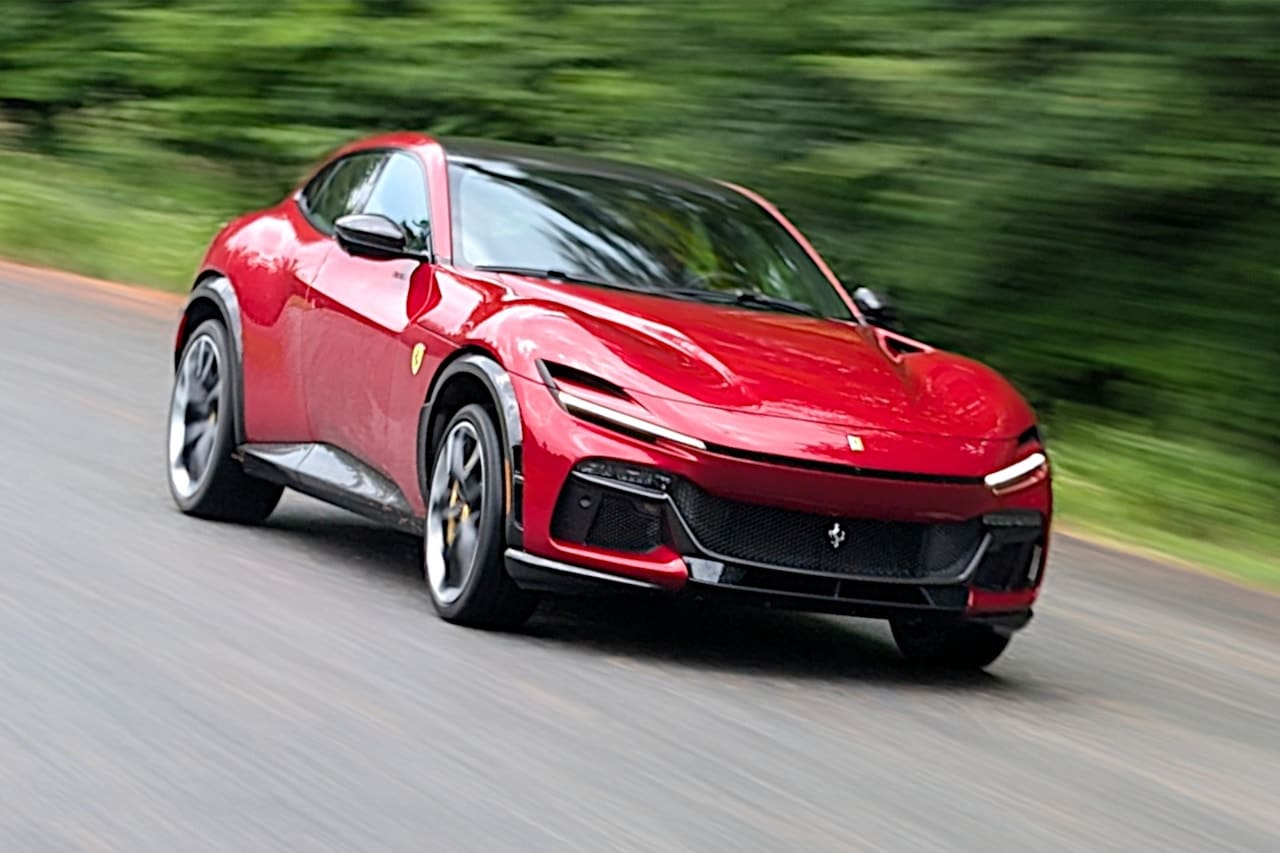

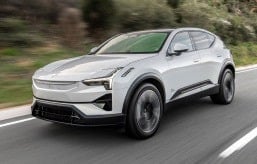
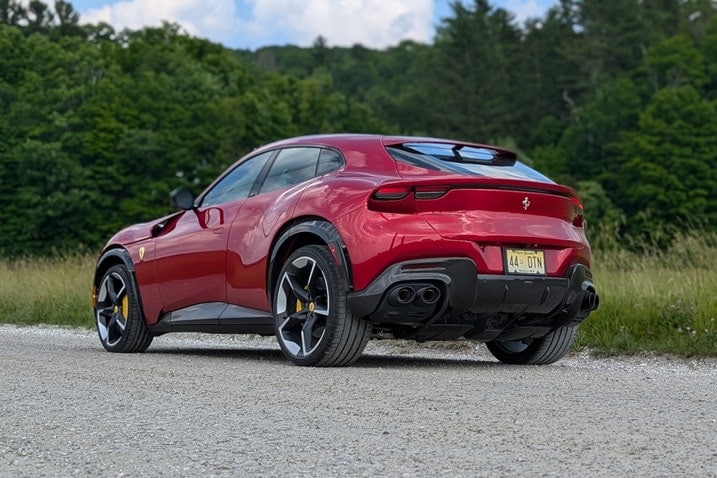
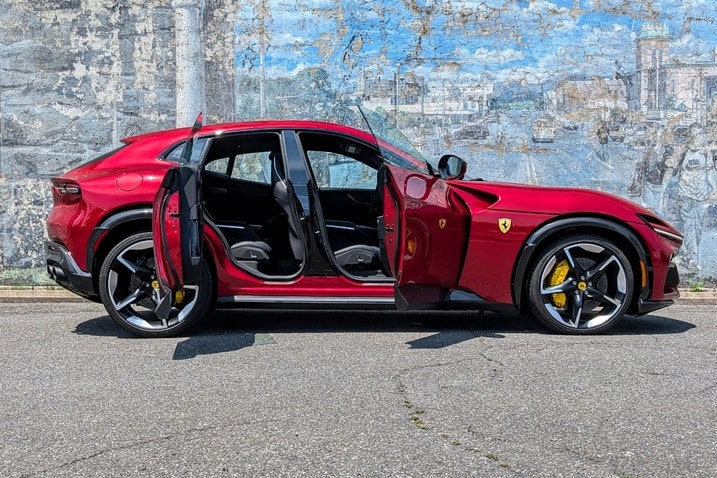


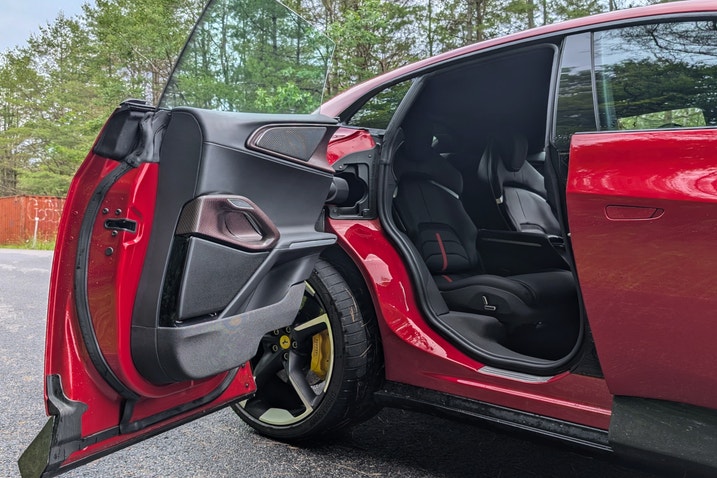


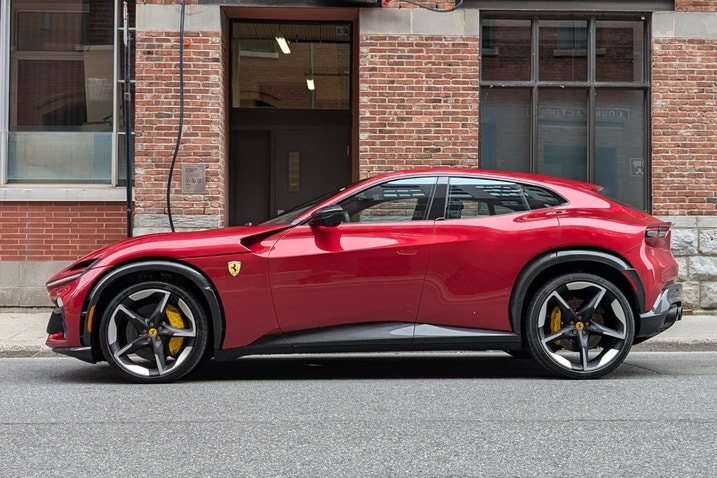
 by
by  edited by
edited by